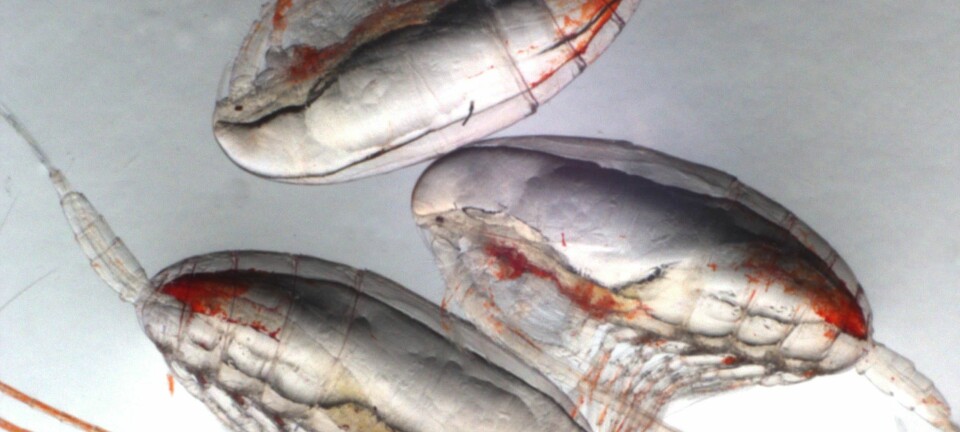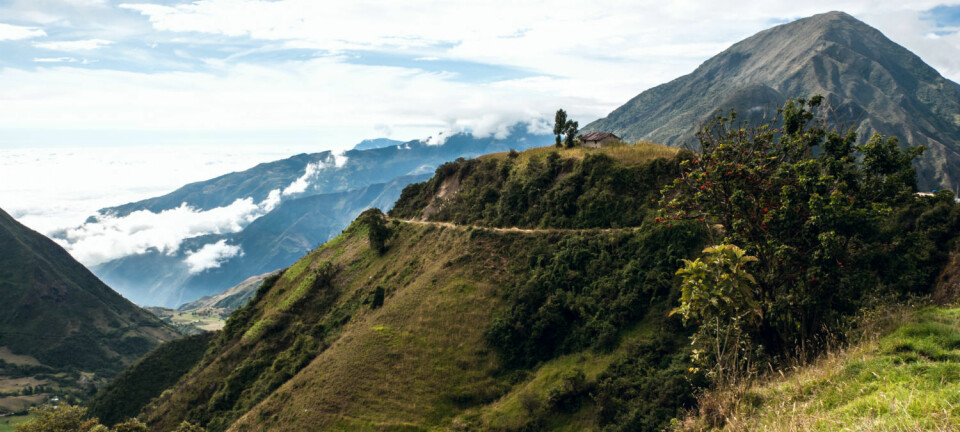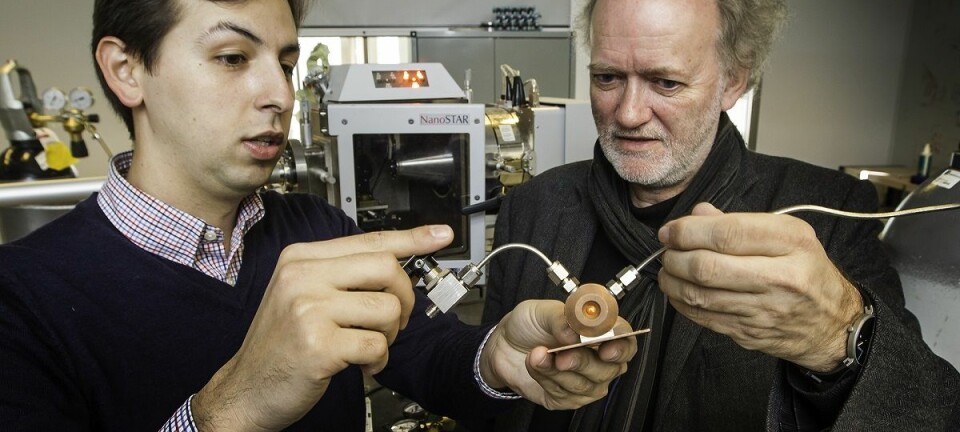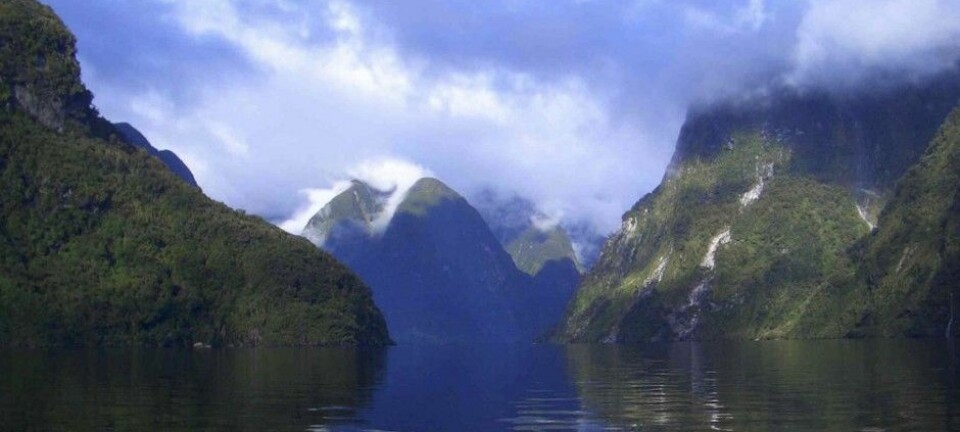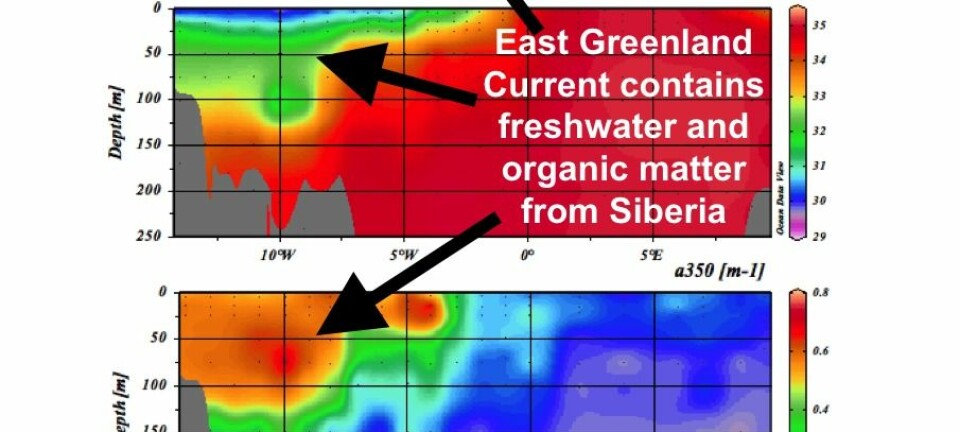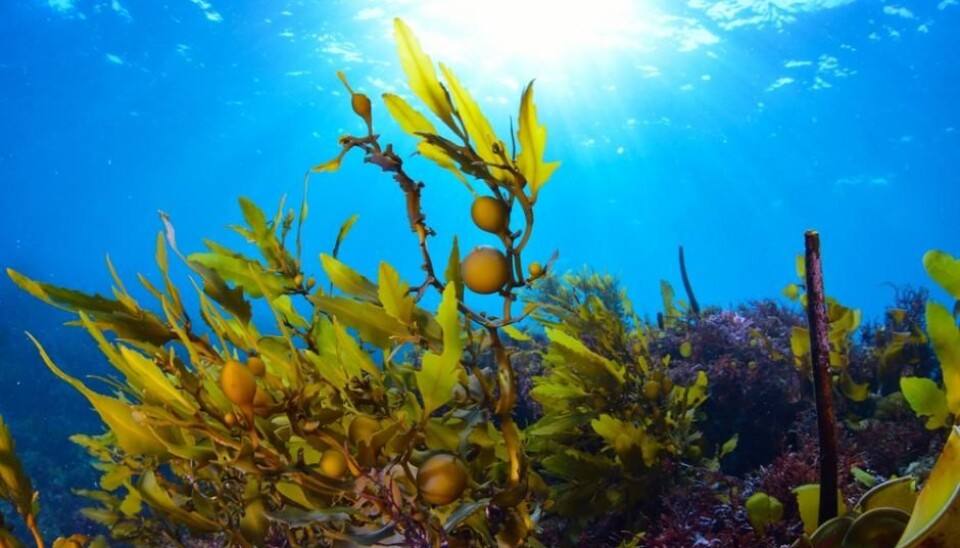
Seaweed plays a surprisingly large role in global climate
Scientists urge for greater protection of kelp forests as a new study shows that they remove more carbon from the atmosphere than previously thought.
Macroalgae, such as seaweed that grow directly on stones at the bottom of the sea, play a previously overlooked and yet important role in global climate.
Until now, scientists did not think that kelp forests played such a large role in the uptake of the greenhouse gas, CO2. But a new study shows that this is precisely what they do and they are so good at it, that it even affects the global carbon cycle--the processes by which carbon is released, transferred, and stored around the globe.
“Our research shows that the ecosystem is not just important for ocean biodiversity, but it also plays a big role in our climate,” says lead-author Dorte Krause-Jensen from the Department of Bioscience, Aarhus University, Denmark.
“People are very focused on rainforests, for example, and how they remove CO2 from the atmosphere. But our research shows that we also need to have a large focus on forests in the ocean,” says Krause-Jensen.
People are very focused on rainforests, for example, and how they remove carbon dioxide from the atmosphere. But our research shows that we also need to have a large focus on forests in the ocean.
The new results are published in the scientific journal Nature Geoscience.
Insight into an overlooked carbon sink
Freshwater biologist Kaj Sand-Jensen from the University of Copenhagen, Denmark, is impressed with the study, which sheds light onto a previously overlooked area of research, he says.
The new data are an important piece of ‘carbon accounting’, he says, and contribute to global calculations of how much carbon can be locked away in the natural environment, and where.
“These results have global importance and point to an area of research where there should be greater focus in the future. The study highlights an important point: That coastal plants play a significant role in removing CO2 from the atmosphere,” says Sand-Jensen.
He recommends that we step-up efforts to protect vegetation in the coastal zone.
“Mangrove forests and sea grass are being drastically degraded and algae are also facing hard times. We need to increase efforts to preserve them,” he says.
Read More: Meet the copepod: the oceans’ little carbon sponge
Sea grass and mangroves play a large role
Ocean plants come in two types: those that have roots, such as sea grass and mangroves, and those that do not, such as seaweed.
In recent decades, scientists have studied how much carbon is stored in sea grass forests and mangroves, where carbon accumulates at the sea floor as decaying plant remains and other forms of organic carbon.
This carbon is stored at the seabed, which means that carbon is removed from the atmosphere.
The same process happen on land, where trees and plants take CO2 from the atmosphere and store it in their roots, stems, branches, and leaves, which eventually fall to the forest floor.
Read More: Technology that removes carbon dioxide from the atmosphere
Macroalgae: the most important marine forests
But seaweed behaves differently and scientists did not know how much carbon it could store and how the process worked.
Seaweed grows on stones, which means that the CO2 they take up is not transferred to the sea floor in the same way as it is beneath sea grass forests or mangroves.
Scientists had always thought that almost all seaweed was rapidly consumed by marine animals or rapidly degraded and released back into the atmosphere in the form of CO2, says Krause-Jensen. And so it was not thought to have much importance in the global carbon cycle.
But this was a mistake, as the new results now prove that a part of the carbon produced by macroalgae is removed from the global carbon cycle over longer time-scales. (See Fact Box)
“The interesting thing is that macroalgae represent the ocean’s most important coastal vegetation. It covers an area of about 3.5 million square-kilometres, which is a lot more than sea grass forests and mangroves combined. Therefore seaweed has a big carbon storage potential,” says Krause-Jensen.
Read More: Fjords catch loads of carbon
Seaweed just as important as mangroves for carbon storage
Krause-Jensen and her colleague gathered data from 105 scientific studies, where scientists have investigated everything from fresh seaweed in the stomachs of deep-sea animals, to how small stones can cross the ocean on rafts of macroalgae.
Combing all these observations, Krause-Jensen calculated how much CO2 is removed from the atmosphere, and the global carbon cycle, by macroalgae.
“Our research shows that macroalgae play just as big a role as sea grass and mangroves. Earlier studies have shown that sea grass and mangroves count for up to half of the carbon stored at the bottom of the sea, which has been taken out of the atmosphere. Macroalgae are potentially just as significant,” says Krause-Jensen.
Read More: Greenlandic fjords get their organic matter from Russia
We should protect seaweed forests
The new study is the first to emphasise the importance of macroalgae when it comes to carbon storage and this should be included in climate models and carbon budgets, says Krause-Jensen.
But this requires further studies to precisely map seaweed around the world, to obtain data that can be used in climate models.
“We should protect these ecosystems. For example, in Denmark we’ve collected stones from the bottom of the sea floor for decades,” says Krause-Jensen.
“It also means that when we make new reefs out at sea, it does more than improve ocean biodiversity. It also does something for the climate,” she says.
-------------
Read the Danish version of this article on Videnskab.dk
Translated by: Catherine Jex
